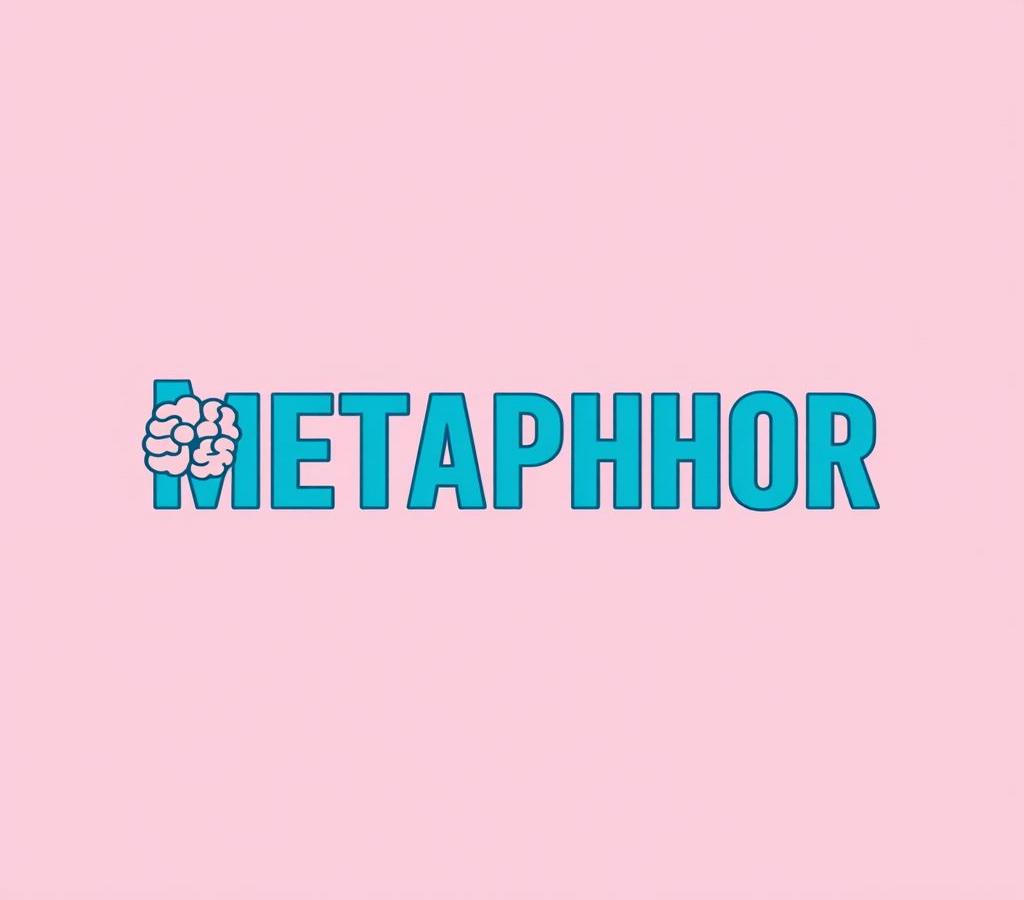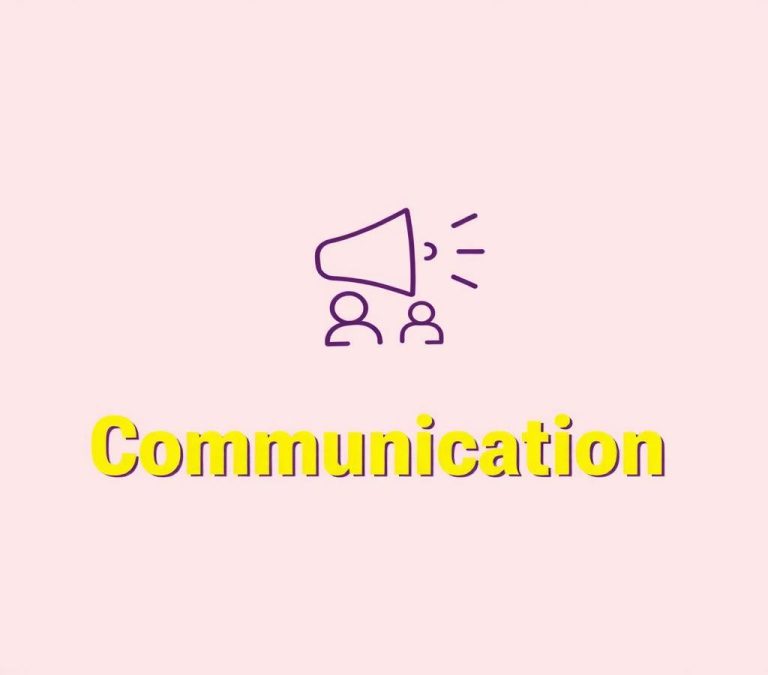Metaphor vs Idiom: Grammar & Usage Explained
Metaphors and idioms are both important parts of language that make conversations colorful and engaging. Despite their similarities, they have different uses and meanings. Understanding the difference between them can help improve both writing and speaking skills. This article will explore how metaphors and idioms differ, providing clear examples to illustrate these differences.
Quick Answer
A metaphor is a comparison between two unlike things without “like” or “as” (e.g., “He is a lion on the soccer field”). An idiom, on the other hand, is a fixed expression with a specific meaning that differs from the literal meaning of individual words (e.g., “It’s raining cats and dogs”). While both use figurative language, metaphors create new comparisons, whereas idioms rely on established phrases.
Why There is Confusion
The English language is full of intriguing and sometimes confusing elements. Among these, metaphors and idioms often baffle even seasoned speakers. Both enrich language, making it more colorful and expressive. However, their similarities in function and form can lead to misunderstandings about their distinctive characteristics.
What Does Metaphor Mean?
A metaphor is a figure of speech that directly compares one thing to another for rhetorical effect, illuminating a deeper meaning. Unlike a simile, which uses “like” or “as” for the comparison, a metaphor states that one thing is another. This creates an implicit comparison that invites the listener or reader to find the similarities between the two different things.
For example:
- “Time is a thief” suggests that time stealthily steals moments from our lives, much like a thief would take possessions.
- “The world is a stage” implies that life is like a theatrical performance, with people playing roles like actors in a play.
What Does Idiom Mean?
An idiom is a phrase or expression containing a figurative meaning that is different from its literal meaning. Idioms are often unique to a specific culture and can be challenging for non-native speakers to understand due to their metaphorical meaning, which does not directly relate to the individual words used.
For example:
- “Kick the bucket” means to die.
- “Break the ice” means to start a conversation in a social setting, especially among strangers, to relieve tension.
The Difference Between Metaphor and Idiom
While both metaphors and idioms play vital roles in communication, they are fundamentally different. Understanding these differences can help in choosing the right expression for the right context.
Difference in Parts of Speech
Metaphors and idioms differ in their structure and their function within a sentence.
- Metaphors often serve as nouns or adjectives within a sentence. For example, in “Time is a thief,” “thief” is a metaphor used as a noun.
- Idioms, on the other hand, are usually compound phrases that act collectively as verbs, nouns, or adverbs. For example, “Kick the bucket” is a verb phrase meaning to die.
Difference in Meaning and Usage
Metaphors create a direct, often vivid comparison that encourages deeper thought about the similarities between two different things. They enrich language by painting evocative pictures that convey profound or complex ideas succinctly.
- For instance, describing time as a “thief” vividly conveys the notion of time’s elusive and fleeting nature.
Idioms are more opaque, often baffling non-native speakers because their meaning cannot be deduced from the words themselves. They encapsulate cultural wisdom or common experiences unique to a linguistic group.
- For example, “Break the ice” doesn’t mean to literally fracture ice, but it has a widely understood social implication in English-speaking cultures.
Difference in Cultural Significance
Metaphors are often universally understandable because they rely on common human experiences and observations. As long as the reference points are known, metaphors can transcend cultural boundaries.
- For instance, referring to a heart as “cold” to imply a person is unfeeling can be understood in many cultures.
Idioms are highly culture-specific and often lose their meaning outside their native context. Their figurative meanings are usually rooted in the history, traditions, and customs of the culture that uses them.
- For example, an idiom like “Cost an arm and a leg” might be confusing to someone unfamiliar with English, as its meaning (very expensive) is not immediately clear from the words themselves.
Synonyms for Metaphor
Metaphors have various substitutes that can help in understanding and expanding vocabulary. Some common synonyms include:
- Analogy
- Comparison
- Simile (though this technically uses “like” or “as”)
- Trope
- Symbol
Each of these terms has its own nuance, but generally, they all serve the purpose of drawing parallels between different entities to enhance understanding or aesthetics.
Synonyms for Idiom
Idioms also have related terms that capture their essence. Some common synonyms include:
- Phrase
- Expression
- Colloquialism
- Saying
- Figure of Speech
These terms are used to describe a group of words that have a figurative meaning, but they don’t always carry the same cultural specificity as idioms.
Examples of Metaphor vs Idiom in Usage
Seeing practical examples can greatly help in understanding the unique roles of metaphors and idioms in language.
- Metaphor: “He has a heart of stone.” This implies that the person is very cold and unfeeling. Although it uses the imagery of a “stone heart,” it is understood to mean a lack of empathy, not an actual stone.
- Idiom: “Bite the bullet.” This means to endure a painful experience or to face a difficult situation bravely. The literal image is absurd, but culturally, it conveys a commonly understood message.
- Metaphor: “The classroom was a zoo.” This suggests that the classroom was very noisy and chaotic, drawing a direct comparison between the behavior of students and animals in a zoo.
- Idiom: “Hit the sack.” This idiom means to go to bed. It does not convey the actual action of hitting, nor a literal sack, but it’s understood to mean retiring for the night.
- Metaphor: “She is a shining star.” This is used to describe someone who stands out due to their talents or qualities, though they are not literal stars.
- Idiom: “Let the cat out of the bag.” This means to reveal a secret. The phrase has no literal cats or bags involved, but its idiomatic meaning is widely recognized.
Conclusion: Metaphor vs Idiom: What’s the Difference?
In summary, metaphors and idioms are both pivotal in making language rich and expressive. Metaphors draw direct comparisons to illuminate deeper meanings, often understandable across cultures if the reference points are recognized. Idioms, in contrast, offer phrases whose meanings are heavily reliant on cultural context and are often more opaque, posing a greater challenge for non-native speakers.
Understanding these differences can enrich our communication abilities, making our use of language more precise and effective. Whether crafting a poem or engaging in everyday conversation, choosing between a metaphor and an idiom can tailor our message to the audience and context, enhancing both clarity and impact.
So, the next time you find yourself describing a complicated idea, remember: whether you say “Time is a thief” or “Kick the bucket,” you are wielding powerful tools of language that bridge the gap between literal truths and human experiences.







